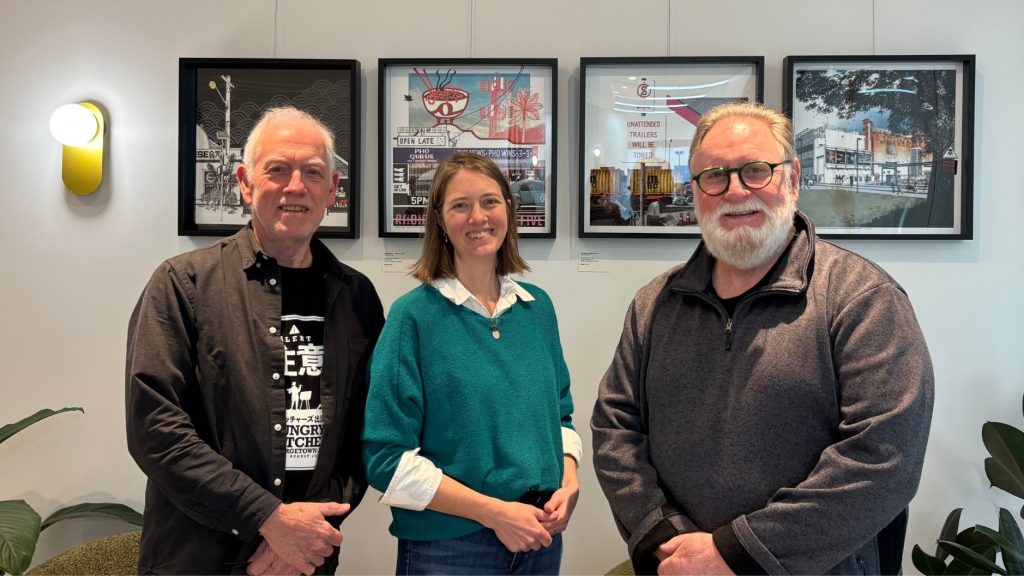Industry and professional associations provide a collective voice for an entire sector – so it’s crucial they are heard loud and clear.
And one of the best ways to amplify a message is through the media, which not only reaches a wide audience but is a sure-fire way to grab the attention of politicians and other key decision-makers.
Yet, it appears that many industry and professional associations in Australia and New Zealand struggle when it comes to getting traction in the media.
In fact, a new survey reveals that association leaders feel they don’t have a strong enough media profile to drive change, highlight concerns and represent a whole sector or profession.
Of the association CEOs surveyed for Bespoken’s inaugural Association CEO Index 2024, only 36 per cent said they had enough of a profile in the media to draw attention to a key issue or challenge facing their sector or profession.
Here we explore why media coverage matters, and how to boost your association’s profile and be that voice for your members.
Why media coverage matters
The more an association is featured in the media, the more likely they are to retain and attract new members.
The vast majority of existing members see value in media coverage as it shows their association is publicly voicing the issues that matter to them or showing their value to the wider community and economy.
Crucially, being featured in the media increases an association’s visibility among those they need to get in front of, including politicians and other key decision-makers who have the ability to deliver the change members are seeking.
In some cases, media coverage can provide an all-important vehicle to call for the industry, and even the wider public, to unite on an issue and fight for change.
For example, Queensland Fruit & Vegetable Growers’ We Give A Fork campaign successfully served as a call for horticultural growers and consumers to unite to bring much needed industry change, and fast. QFVG set out to advocate strongly to reduce the heavy burdens its members were facing, including margin squeeze and policy-pile on.
In the first eight months of the campaign, the industry body had more than 240 media appearances. The extensive media coverage undoubtedly enhanced its advocacy efforts, with meetings held with more than 60 government representatives and 90 industry associates, while multiple inquiries also took place.
How to build your media profile
Building a strong media profile takes a concerted, strategic and continual effort.
Every industry and professional association should have a media plan that maps out the issues it wants to highlight and the publications that need to be targeted.
The plan needs to consider the association’s overall strategic priorities and objectives and where the eyeballs and ears of its target audience are. It also needs to carefully consider the stories that will actually gain media attention – in other words, how are you going to make your member issues or challenges newsworthy?
Not all associations have the internal resources to create and execute a media plan, so it can be a good idea to explore hiring a media specialist or engaging an external PR consultant.
While this may sound costly, it’s important to not lose sight of the incredible influence that media coverage can have on influencing regulation, policy and public opinion, and in doing so, deliver the ultimate value for your members.
What do media want from associations?
As with any relationship, it’s key to remember that media management is a two-way street.
If an association is approaching the media with a request for them to highlight and cover the key challenges within a sector, it needs to be prepared to also give something back.
This could be in the shape of:
- Case studies – stories from the sector or members at the coalface who can support or challenge enhance your chances of coverage as they can flesh out what an association is saying and make it relatable to regular readers or viewers.
- Stats and data – journalists want to verify claims, so an association needs to provide proof behind the claims it will be making. This means coming prepared with stats and data that provide clear trends and analysis.
- Great talent – journalists are incredibly time-poor, so they need talent to be available and easy to work with. This means being ready and available when they need you. And don’t waffle – if it takes you more than 20 minutes to answer one question or to explain what your sector actually does, the journalist won’t call you a second time.
- Don’t be advertorial – if your commentary is advertorial, the media outlet won’t run the story and push you to take an advertisement.
- Don’t speak in cliches or jargon – many associations fall into the trap of speaking with acronyms and using government or corporate jargon. Good media talent can break down the issues that matter to an association into soundbites and talk from the coalface, making it relevant to the general public.
And lastly, and very importantly, does it pass the pub test?
Step back and think, ‘yes, this issue faces my sector, but will it pass the pub test and will and should the general public care? And why should they care?’
Does your industry association need to build a strong media profile? Bespoken has helped generate media coverage for several peak bodies. Get in touch with us today to discover how we can help.



